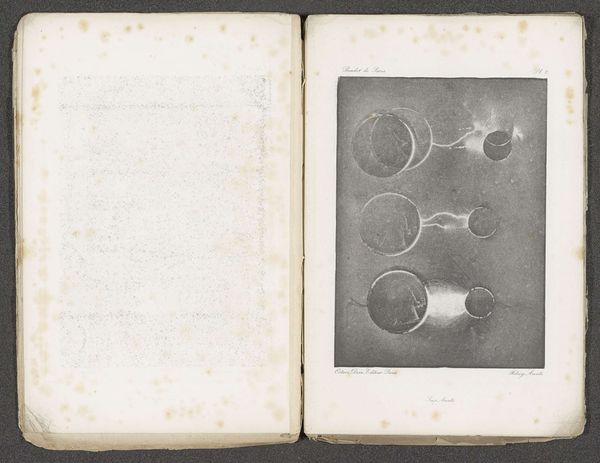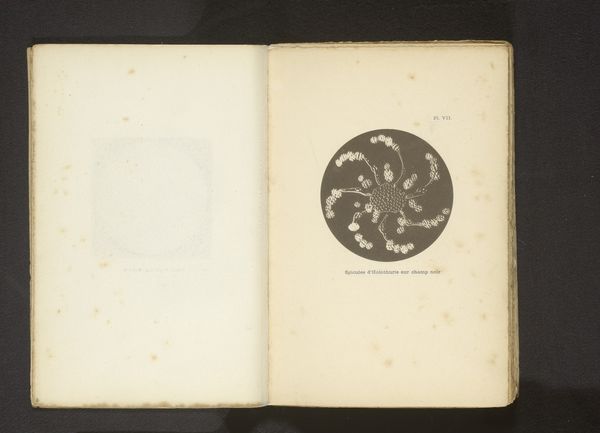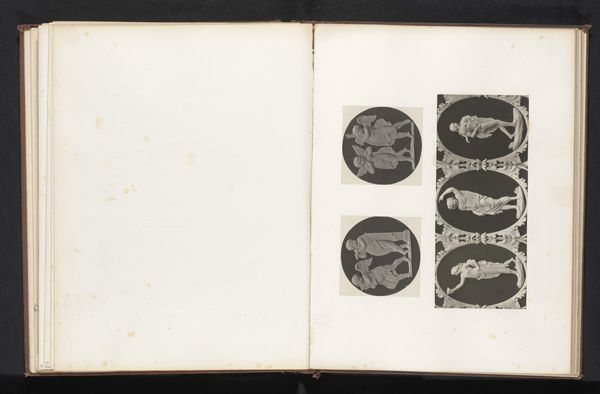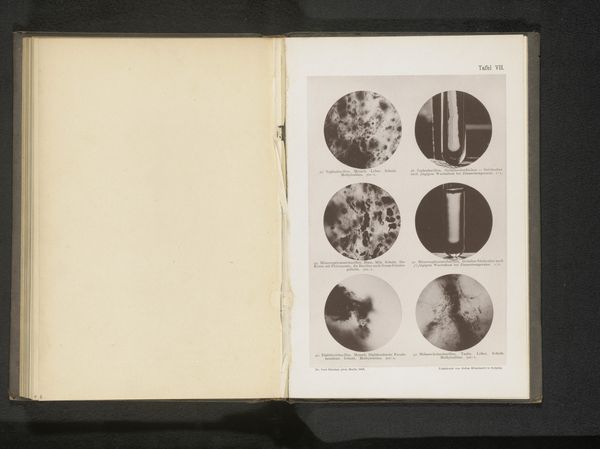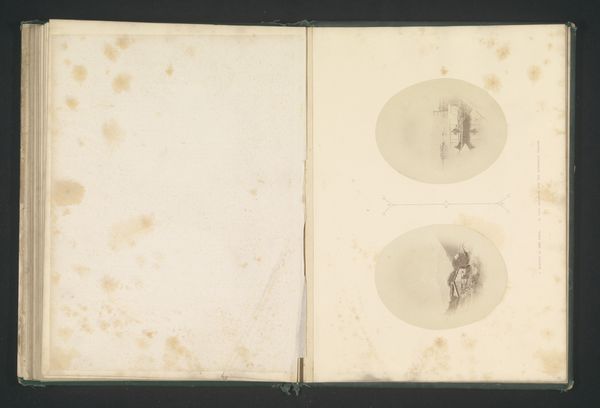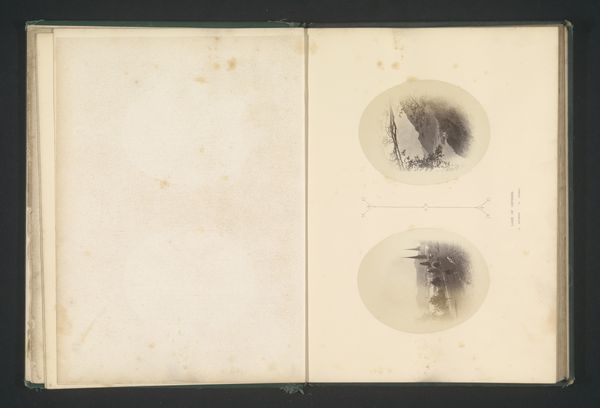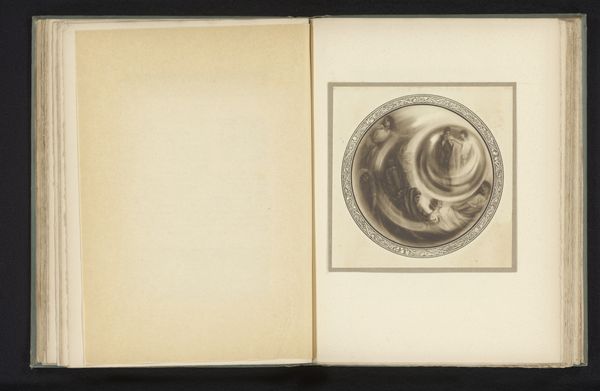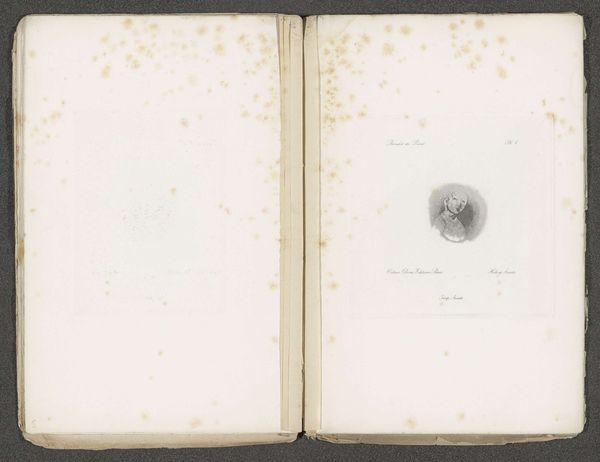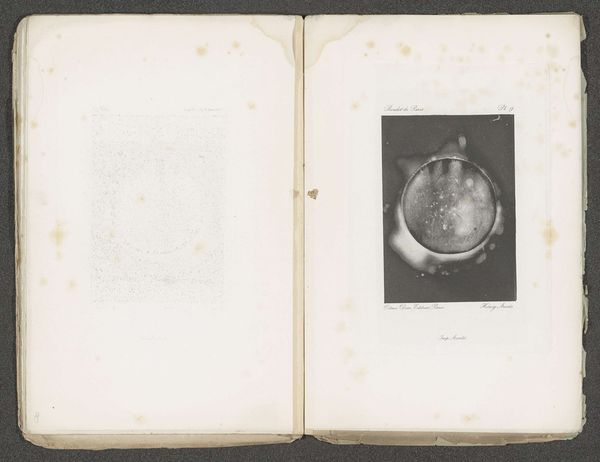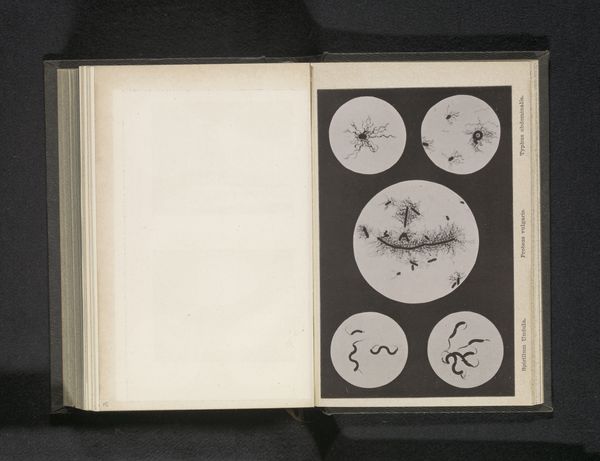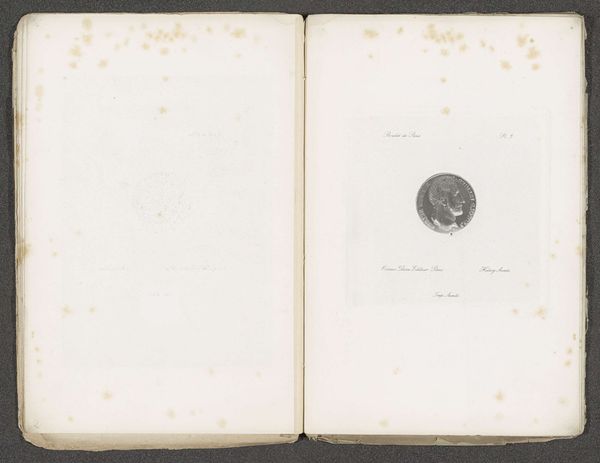
drawing, print, paper, graphite
#
drawing
# print
#
paper
#
graphite
#
academic-art
Dimensions: height 301 mm, width 230 mm
Copyright: Rijks Museum: Open Domain
Editor: Here we have "Four details of a medulla oblongata of a human," a drawing, perhaps a print, done before 1864, likely with graphite on paper. It’s striking how… clinical it is, almost detached, despite depicting something so fundamentally human. What do you see when you look at this, especially given the period it was created? Curator: What immediately grabs me is the institutional context of this image. It clearly comes from a medical textbook or anatomical study. In the mid-19th century, there was intense pressure in the medical field for standardization and demonstrable, visual evidence. This image performs that function. Editor: So it’s less about artistic expression, and more about scientific… authority? Curator: Exactly. Think about the rise of the modern hospital, the professionalization of medicine. Visual representations like this became crucial for legitimizing medical knowledge. How might the public have received this image in that period? It simultaneously demystifies the human body, presenting it as something knowable and dissectible, but also creates a certain… distance, as you noted. What does it mean to turn something so vital into an object of study? Editor: It's interesting to think how different audiences might react – medical professionals seeing a scientific breakthrough, while the public perhaps feeling a sense of unease or fascination. Curator: Precisely. And the act of publishing this – circulating these images – changes the relationship between the body, knowledge, and the public sphere. It creates a visual culture of medicine, shaping how we understand ourselves. Editor: That makes me see it in a whole new light, less as a simple illustration and more as a reflection of the changing social and scientific landscape. Thanks!
Comments
No comments
Be the first to comment and join the conversation on the ultimate creative platform.
